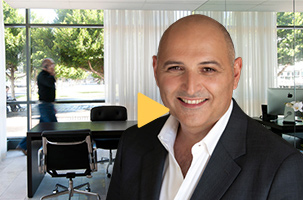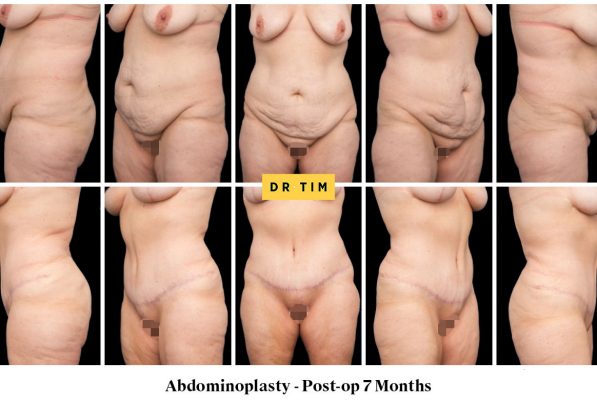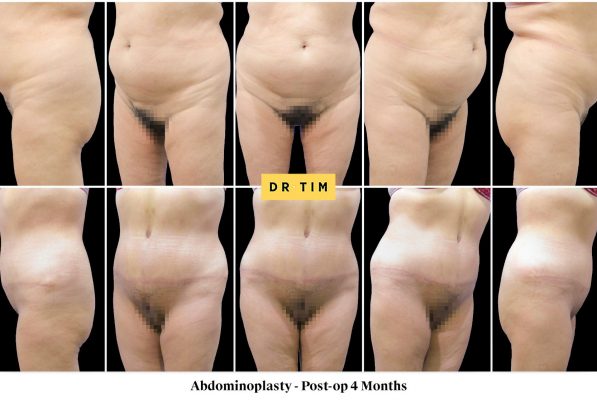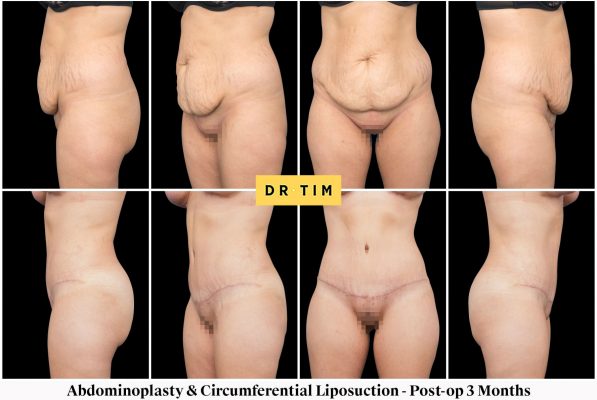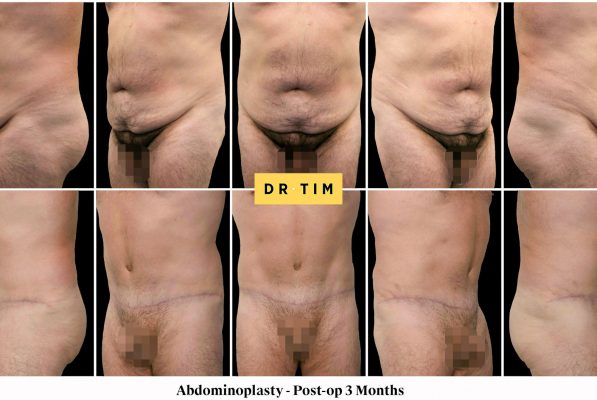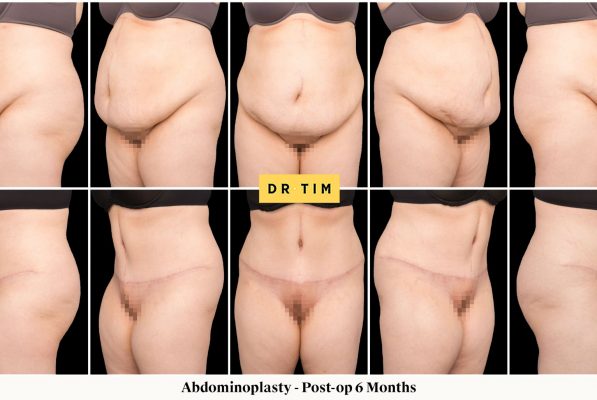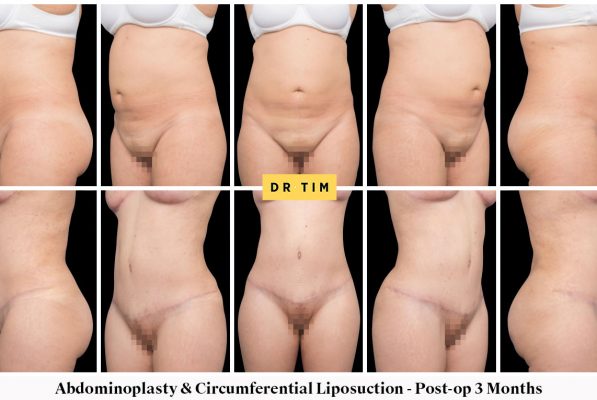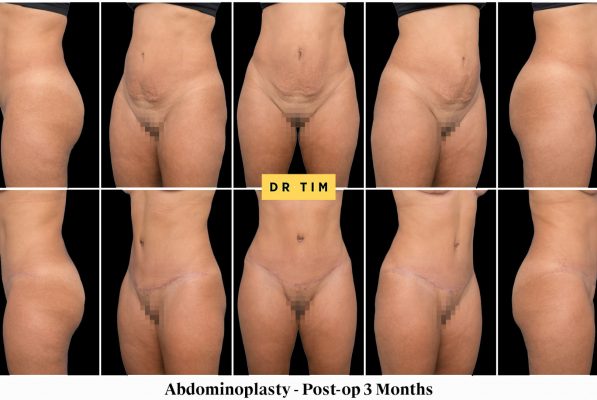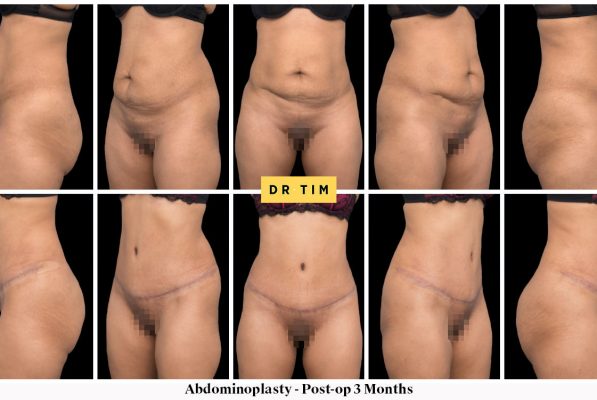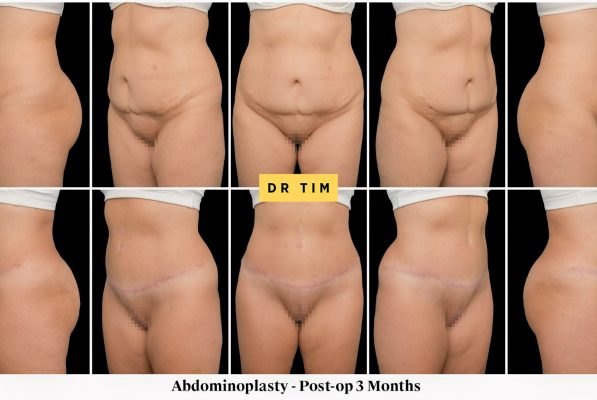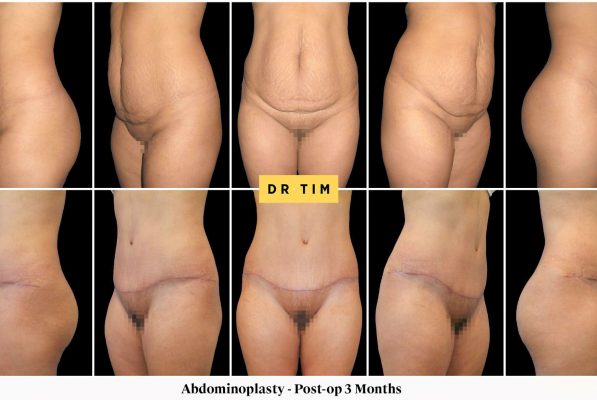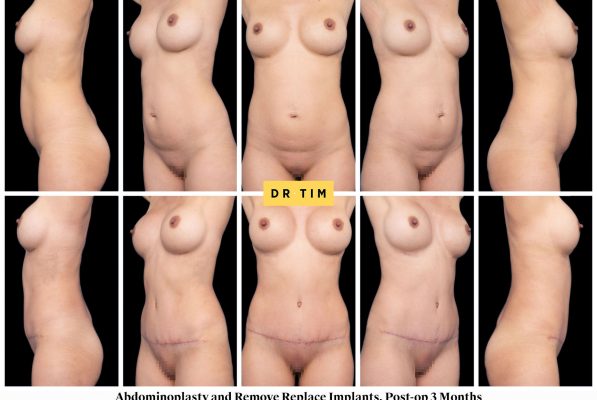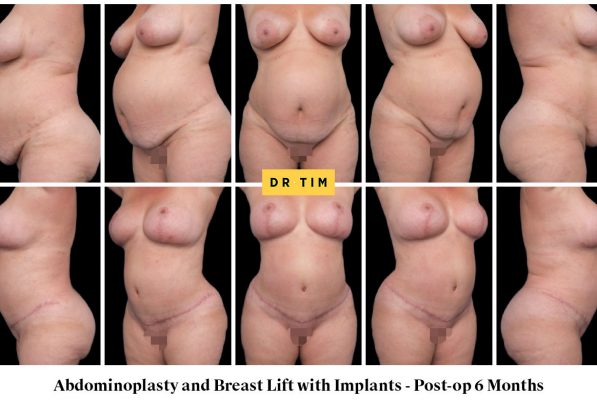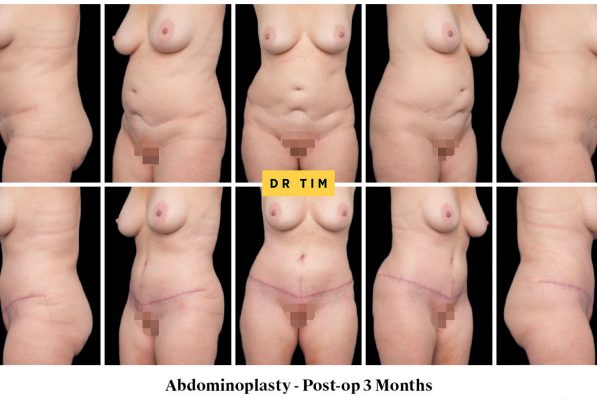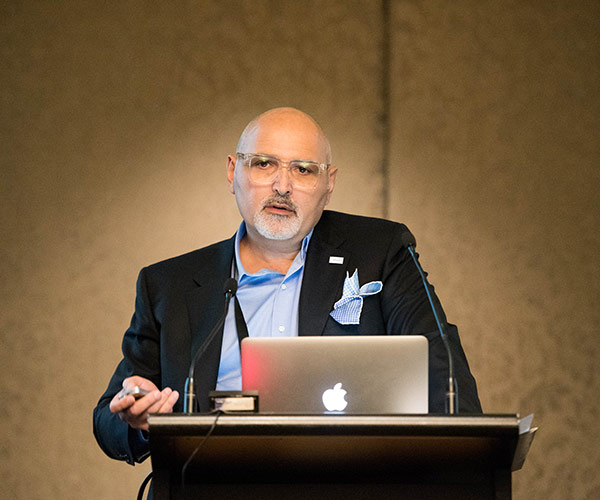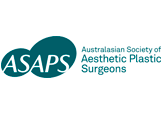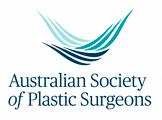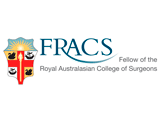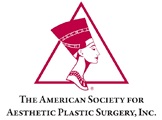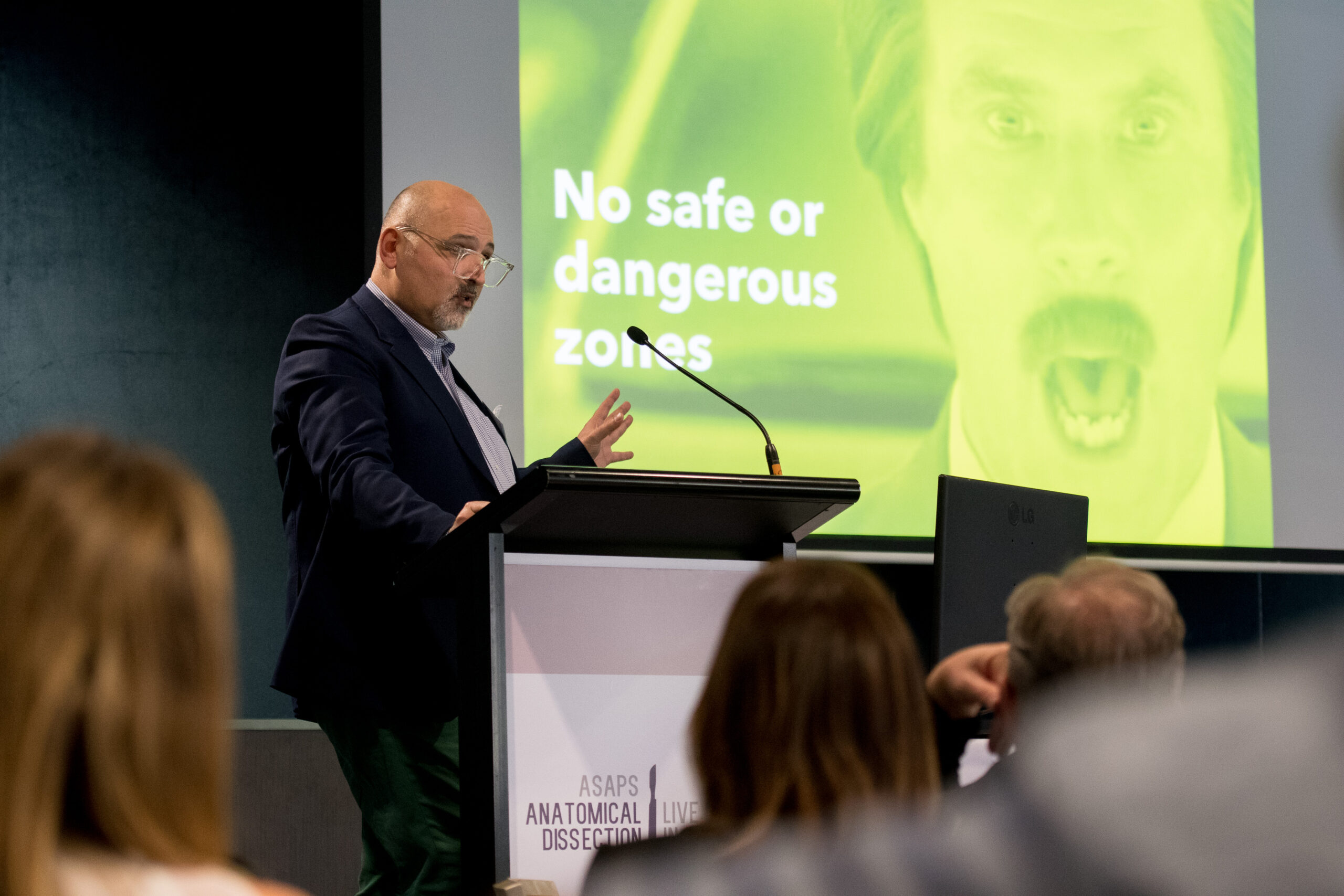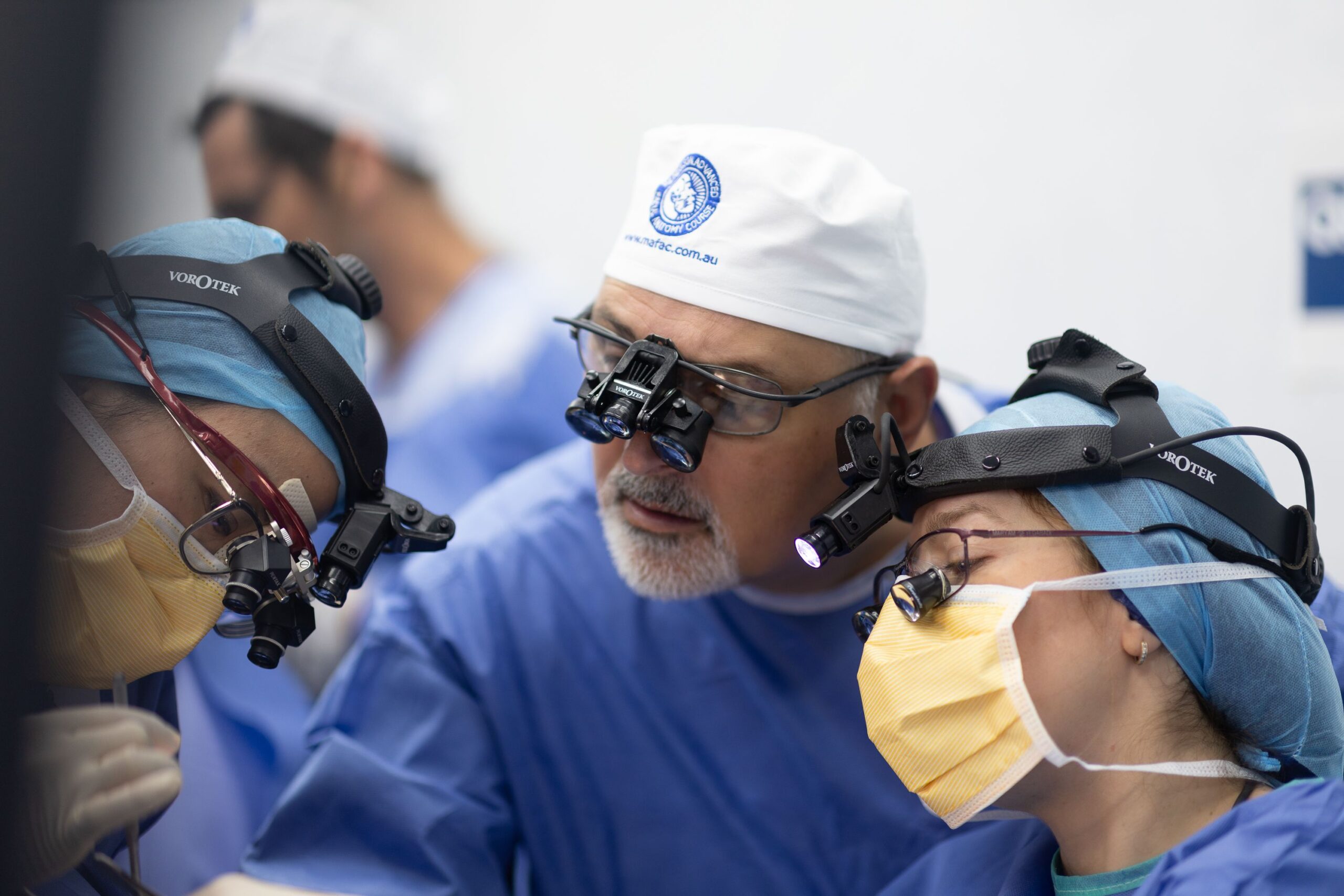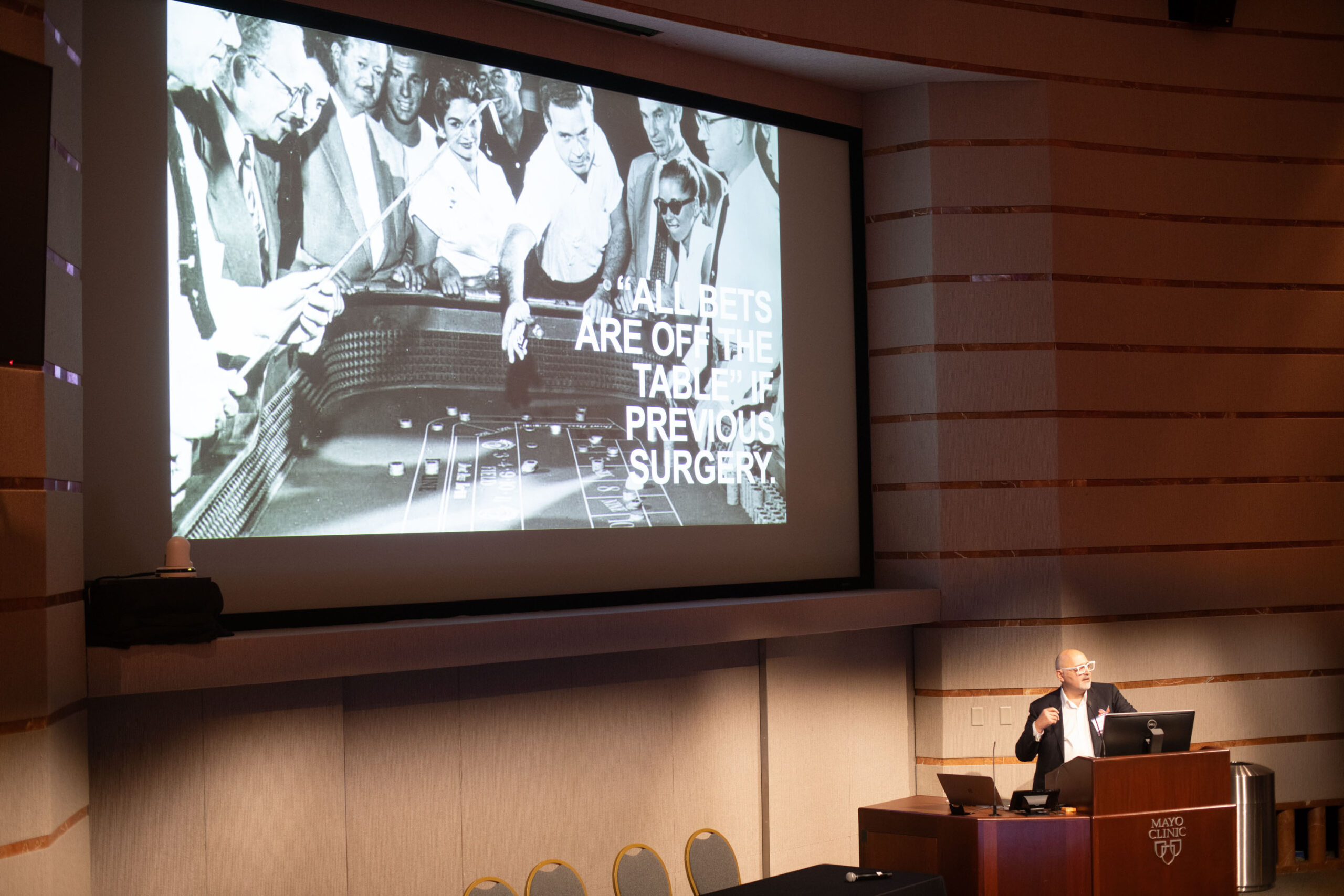Changes in our bodies can occur for many reasons, including pregnancy, weight fluctuations, and aging. These natural processes can sometimes result in additional skin or a change in muscle strength in the abdomen area. For some, Abdominoplasty (Tummy Tuck) might be a suitable option. It’s a procedure focused on adjusting the skin and muscles in your midsection according to your personal expectations and medical recommendations.
At our Sydney clinic, we offer Abdominoplasty procedures, suitable for both men and women who have reached a healthy, stable weight. The procedure can assist with excess skin or fat around the midsection, with the option to tighten or repair underlying muscles.
The decision to undergo Abdominoplasty surgery is a personal one and should not be seen as a societal expectation or norm. It is one of the ways people choose to manage changes in their bodies, and it’s essential that you consider all available options, including reframing your mindset around these changes, as well as non-surgical options to manage changes.
Our team, led by Dr. Tim, ensures a professional, respectful, and patient-focused approach to help you make an informed decision that aligns with your personal expectations and overall wellbeing.
- Abdominoplasty (Tummy Tuck) is a procedure focused on removing excess skin or fat around the midsection, while the underlying muscles are tightened or repaired.
- Pregnancy and significant weight fluctuations may affect the result, so it’s generally advised to consider this procedure after you’ve finished having children and your weight has been stable for some time.
- The procedure involves making incisions across the lower abdomen. Incisions are carefully placed by Dr. Tim to maximise concealment, and scars will generally fade over time.
Abdominoplasty surgery is performed under general anaesthesia as an inpatient in hospital.
Surgery can take from 2 to 4 hours and you’ll be required to stay in hospital for 3 to 4 days. You will most likely have drains in which will determine your length of stay in hospital.
You can generally return to work within 2 – 4 weeks, however, strenuous activity should be avoided for 6 weeks.
It’s recommended that you wear an abdominal binder for up to 6 weeks to provide comfort and support as you heal. You are also required to wear a compression girdle for support and to ensure that tissues are kept compressed to avoid dimpling.
Although there is an immediate change to your body shape, most patients see final results in 12 months.
It may also take up to 12 months for your scar to mature and sensation in the area to return.
Results are permanent as long as your weight remains stable, but a Tummy Tuck isn’t a substitute for an active and healthy lifestyle.
Risks of Abdominoplasty (Tummy Tuck)
Like any surgical procedure, abdominoplasty comes with its potential risks and complications. Dr. Tim believes in transparency and ensures that patients are well-informed about all possible outcomes. Here are a few risks associated with this surgery:
Bleeding: As with any surgery, there’s a risk of bleeding during and after the procedure. Dr. Tim takes every precaution to minimise this risk.
Infection: While rare, infections can occur after any surgical procedure. Should an infection occur, it’s typically treatable with antibiotics.
Scarring: The incisions from a tummy tuck will result in some degree of scarring. However, Dr. Tim’s surgical techniques are designed to reduce visible scarring, and any remaining scars often fade over time.
Changes in Skin Sensation: You may experience temporary changes in skin sensation around the surgical site, including numbness or tingling. This usually resolves over time.
Poor Wound Healing: Some individuals may experience delayed wound healing or wound separation. This is more common in smokers and individuals with certain medical conditions.
Seroma: This is a condition where fluid accumulates under the skin following surgery. If this happens, it may need to be drained.
Dr. Tim will discuss these risks thoroughly with you during your consultation. His extensive experience and commitment to patient safety help to minimise these risks and promote an optimal surgical outcome.
Recovery after Abdominoplasty surgery
Recovery from abdominoplasty can be a gradual process, but Dr. Tim’s experience and personalised care approach ensure your surgery and recovery is as comfortable as possible.
Here’s a general timeline and steps of the recovery process:
Immediate Post-Procedure: Abdominoplasty typically lasts between 2 to 4 hours, after which you will stay in hospital for 3 to 4 days. Dr. Tim may use drains to aid your recovery, which could influence the length of your hospital stay. Following surgery, Dr. Tim will provide you with detailed instructions for post-operative care, which includes managing any discomfort with prescribed medications.
First Few Weeks: Once you’re discharged from the hospital, you should expect to experience some discomfort, swelling, and bruising – all typical aspects of the healing process.
You can generally return to work within 2 – 4 weeks depending on your job. Strenuous activities should be avoided during the first 6 weeks, but light walking is encouraged to help improve blood circulation and aid recovery. Dr TIm will usually advise you to wear an abdominal binder for up to 6 weeks post-surgery to support your midsection and reduce swelling.
You are also required to wear a compression girdle for support and to ensure that tissues are kept compressed to avoid dimpling.
Six Weeks Post-Surgery: By this time, most swelling should have subsided, and you may begin to appreciate the results of the procedure. However, do remember that final results may take several months to be fully visible.
12 Months Onward: This is typically when your body has had sufficient time to recover fully, and you may start to appreciate the most significant changes resulting from the surgery. However, everyone’s recovery timeline is different, and patience is crucial in this period.
Please note that individual recovery timelines can vary, and it’s important to follow all post-operative care instructions given by Dr. Tim’s team. This includes instructions about taking prescribed medications, caring for the surgical site, and scheduling and attending follow-up visits.
This content is suitable for an 18+/adult audience only
These photos are of consented patients of this clinic/medical practitioner and have not been altered or digitally enhanced.
Outcomes shown are only relevant for this patient and do not necessarily reflect the results other patients may experience, as results may vary due to many factors including the individual’s genetics, diet and exercise.
Click on the images below to enlarge
